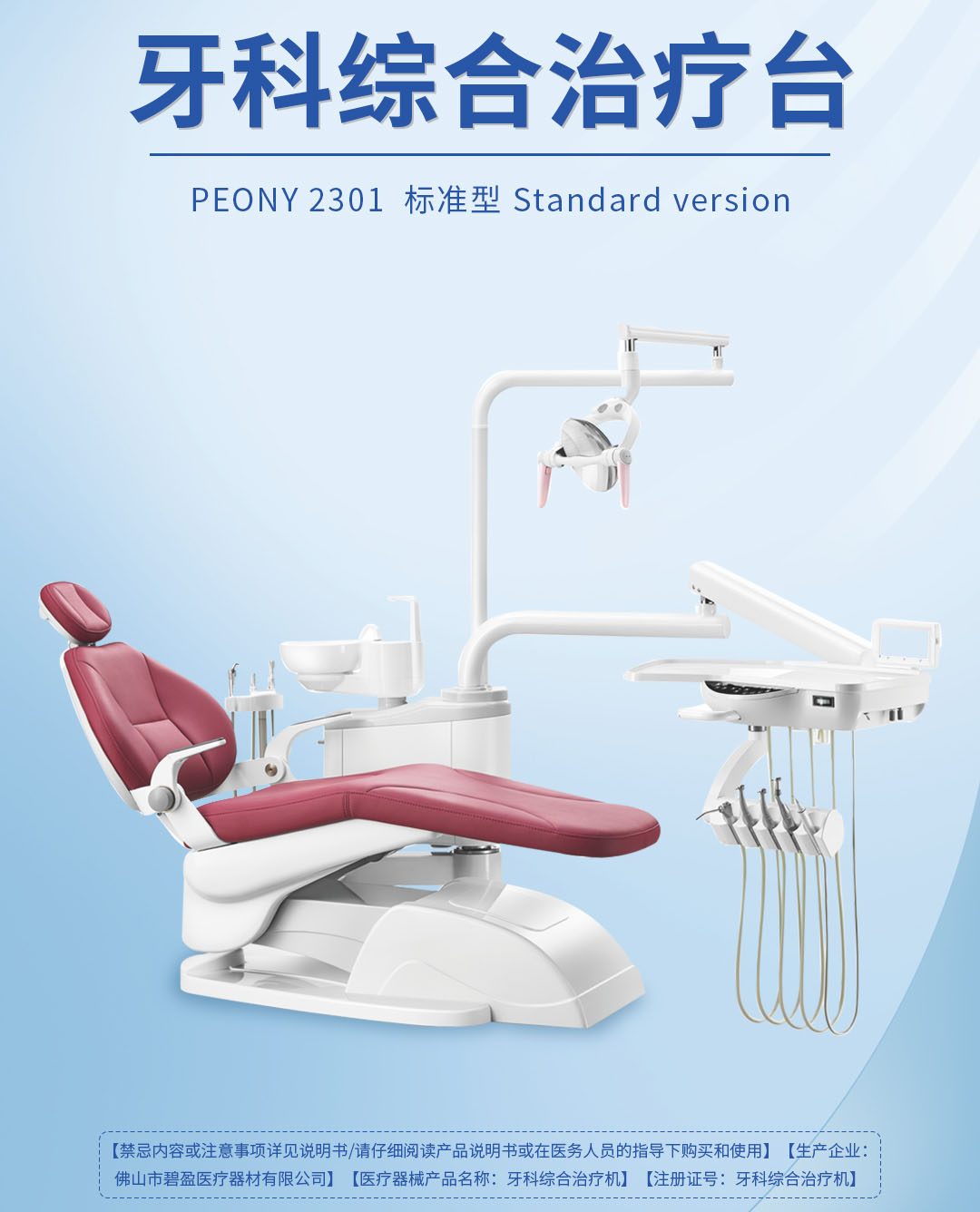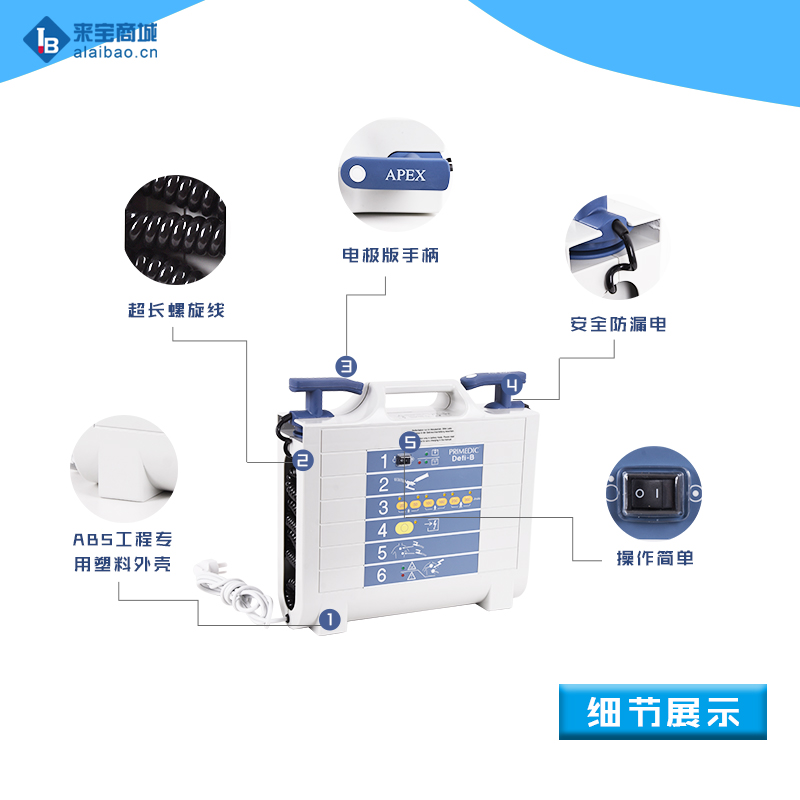Oxford Nanopore将在11月底启动MinION测序仪的早期试用计划
- 互联网2013年10月28日 8:45 点击:2380
2013年10月23日 英国Oxford Nanopore Technologies公司在沉寂了一年之后,终于有新消息宣布了。该公司亮相美国人类遗传学协会的年会(ASHG),宣布将在11月底启动MinION测序仪的早期试用计划。
MinION是便携式的测序系统,曾高调亮相去年的ASHG,引起人们的极大兴趣。这款仪器体积很小,即插即用,有望带来更广泛的测序应用。Oxford Nanopore还有一款通量更高的测序仪GridION。
根据这项MinION Access计划,多名(具体数量未知)参与者将收到一台MinION测序仪,包括测序USB装置、流动槽和软件。而参与者须支付1,000美元的押金和运费。
Oxford Nanopore还将为早期试用用户定期提供足够的流动槽,以实现系统的频繁使用,只收取运费。参与者也可以额外购买流动槽,价格为每个999美元外加运费和税。
此外,公司也将为用户提供样品制备试剂盒,不过用户也可选择开发自己的样品制备和分析方法。
参与者需要同意所谓的终端用户许可协议,根据此协议,他们将被邀请通过公司提供的渠道提出反馈意见,将所有用过的流动槽还给Oxford Nanopore,接受在线社区的培训和支持,并通过最初的限制“煲机”阶段,在此期间,他们将运行测试样品,并与公司分享数据。
只有在测试样品获得“一致且令人满意的性能”后,参与者才能运行他们自己的样品。他们可自由发表从中获得的数据,公司“不打算限制参与者利用MinION分析自己的样品所获得结果的使用或传播”。
研究人员在11月底可注册,时间有限。Oxford Nanopore将强烈倾向于新一代测序领域的生物学家和研究人员,其中长读长、简单流程、低成本、实时分析会产生重大影响。公司也会倾向于希望安装数台MinION系统的参与者。如果太多人参与,也许会有一些随机选择的因素。
Oxford Nanopore还表示,在以后启动GridION测序仪的试用计划时,会优先考虑MinION早期试用计划中的成功参与者。
在此次会议上,公司并没有提及MinION测序仪的预期性能,但在去年,它曾表示MinION和GridION平台的读长约为100 kb,原始错误率在1%左右。根据之前的报道,一次性的MinION有500个纳米孔,每小时可产生几百Mb,运行时间不到6小时。
Oxford Nanopore to Launch Early-Access Program for MinIon Sequencer Next Month
Oxford Nanopore Technologies plans to launch an early-access program for its MinIon sequencer in late November, the company said today.
Under the MinIon Access Program, an undisclosed but "substantial" number of selected participants will receive a MinIon system – consisting of the sequencing USB device, flow cells, and software – for a refundable deposit of $1,000 and shipping costs.
Oxford Nanopore will also provide early-access users with flow cells "sufficient to allow frequent usage of the system" at no cost except shipping, and participants can order addition flow cells for $999 a piece.
In addition, the company will provide users with sequencing preparation kits, although they "may choose to develop their own sample preparation and analysis methods."
Participants will need to agree to a so-called end-user license agreement, under which they will be "invited" to provide feedback on their experience "through channels provided by the company," required to return all used flow cells to Oxford Nanopore, receive training and support through an online community and portal, and go through an "initial restricted 'burn-in' period," during which they will run test samples and share the data with the company.
Only after achieving "consistent and satisfactory performance" with the test samples will participants be allowed to run their own samples. They will be free to publish data obtained from Oxford's baseline supply of flow cells, and the company "does not intend to restrict use or dissemination of the biological results obtained by participants using MinIons to analyze their own samples."
Researchers can register for the program in late November for a "specific and limited time period," and the company will have a "controlled release of spaces" for the program. Oxford Nanopore will give "strong preference" to biologists and researchers working in the area of applied next-generation sequencing "where long reads, simple workflows, low costs, and real-time analysis can be shown to make a key difference."
The company will also give preference to applicants wanting to install several MinIon systems. If too many researchers want to participate, "some element of fairly applied random selection may be used to further prioritize participants."
Oxford Nanopore also noted that it will give preference to successful participants in the MinIon early-access program when it launches a similar program for its GridIon sequencer sometime in the future.
The company did not say what the expected performance of the MinIon sequencer will be, but in 2012, when it first revealed the MinIon and GridIon platforms, it said that both systems are expected to deliver read lengths of up to 100 kilobases and raw read error rates of about 1 percent at launch. According to In Sequence, the firm said then that the disposable MinIon would have about 500 nanopores and generate a couple of hundred megabases per hour, with run times up to six hours.
At the time, Oxford Nanopore had planned to start an early-access program in 2012, but development of the two platforms got delayed, according to a report from In Sequence earlier this year.
联系邮箱:kefu@labbase.net
版权与免责声明
- 凡本网注明“来源:来宝网”的所有作品,版权均属于来宝网,转载请必须注明来宝网, //www.next-search.com,违反者本网将追究相关法律责任。
- 本网转载并注明自其它来源的作品,目的在于传递更多信息,并不代表本网赞同其观点或证实其内容的真实性,不承担此类作品侵权行为的直接责任及连带责任。其他媒体、网站或个人从本网转载时,必须保留本网注明的作品来源,并自负版权等法律责任。
- 如涉及作品内容、版权等问题,请在作品发表之日起一周内与本网联系,否则视为放弃相关权利。







